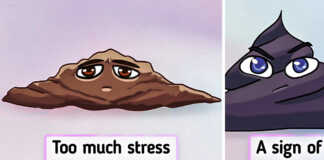A cake made of styrofoam and flowers can be edible! This may be shocking to a regular person but it’s totally normal for confectioners because they use these kinds of tricks in their work every day.
We at The Elite Indian love sweet foods but we prefer to not eat them very often to stay healthy. This is why today’s compilation is about the secrets of confectioners. Maybe now you’ll look at different things when choosing a cake.
Rainbow cakes aren’t all that safe.
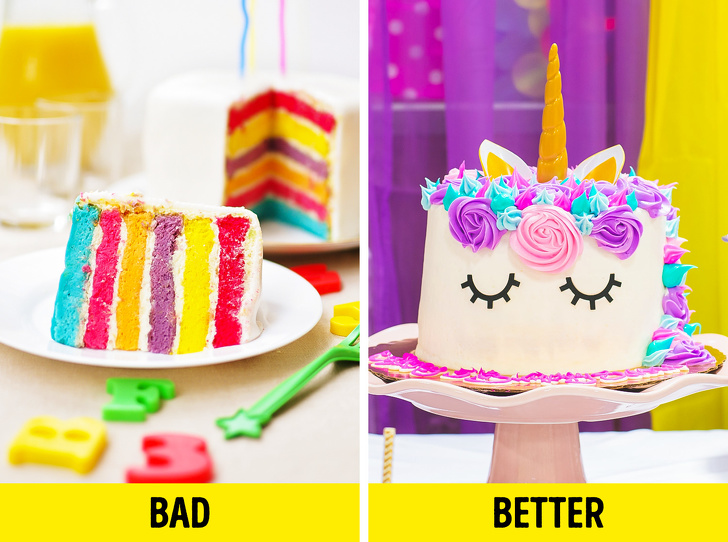
© malcolm garret / Pexels
- Food coloring used in rainbow cakes can be both artificially produced and naturally produced. In both cases, there are advantages and disadvantages. The natural color is harmless and can’t cause an allergic reaction but they don’t provide bright color, the cakes go bad very fast, and the price is much higher. Synthetic coloring creates very bright and diverse colors and these cakes are much cheaper — plus, they can be preserved for 5 days. But the disadvantage is obvious: they’re bad for your health which is a proven fact.
- All synthetic food coloring is marked “E” but not all of them are terribly dangerous. In order to reduce health risks, choose bright yellow, bright green, white, and light brown cakes. These types of coloring are the safest to ingest.
- All-natural coloring is also marked “E” but they’re either totally harmless or even good for one’s health like curcumin (E100), alkannin (E103), or chlorophyll (E140), for example.
- If you really want a bright cake, choose the colored filling, not the exterior. The cake will be attractive and practically harmless. It takes only 3-4 drops of coloring for the cream, but several spoonfuls for the shell.
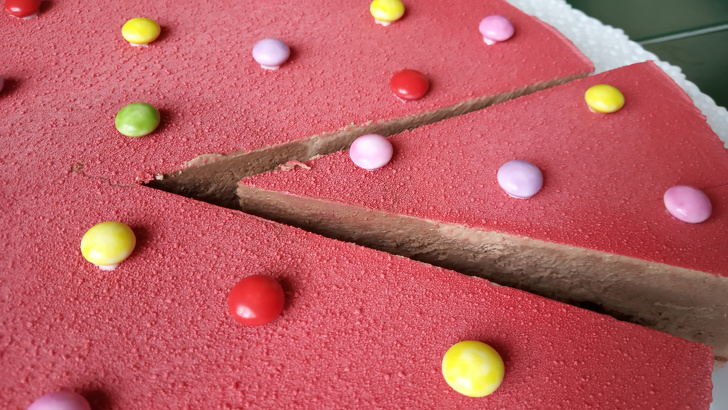
- Also, velour cakes contain as little food coloring as possible because they’re colored with a spray gun and the layer is less than 1 millimeter. But of course, it’s better to remove this layer with a spoon before eating the cake.
Freezing is okay.
- Don’t be afraid of defrosted cakes. Many confectioners use freezing even while making cakes. And it doesn’t affect the taste at all.
- In fact, there are only 2 natural preservatives used for confectionery — sugar and cold. But if you need to preserve something for a very long time, you need a crazy amount of sugar which is why cold is the only option.
Real flowers as decoration
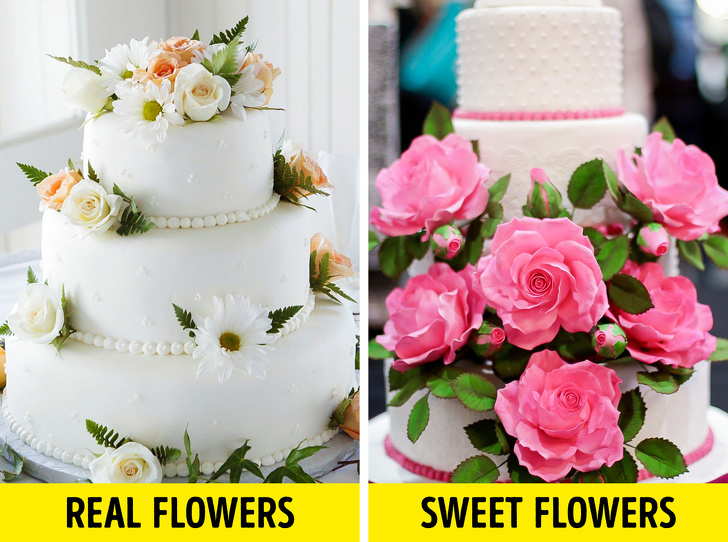
© Brent Keane / Pexels
- Recently, it has become a popular trend to decorate cakes with real flowers. No matter how elegant a rose looks on a cake, it can be quite dangerous. Nowadays, all real flowers are sprinkled with chemicals — not only the stems but also the flowers. So even if the flowers are wrapped in plastic film to prevent them from touching the cream, it’s still not a very good and safe idea.
- If a confectioner still suggests that you decorate your cake this way, you can ask them for a certificate from a specialized farm that grows flowers just for confectioners. Yes, such places exist! But there’s also a much simpler way to do this. Modern confectionery techniques allow us to create edible decorations made of sugar, chocolate, mastic, and other products.
- And if a confectioner uses real flowers from the nearest flower boutique, this might be an indication that they don’t follow other important safety rules.
The work process
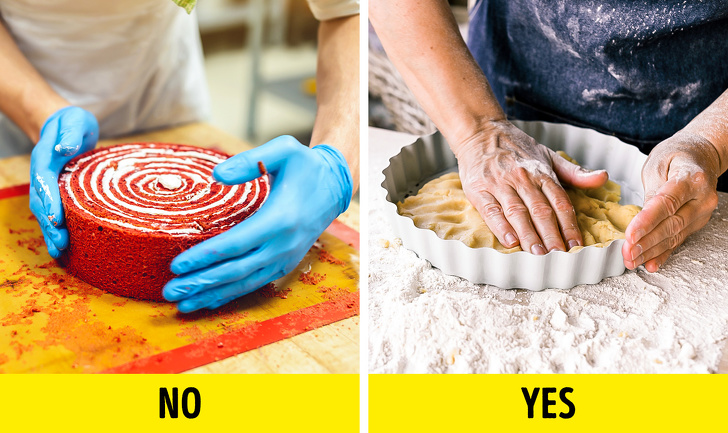
© Marina Bakush / Shutterstock
- Very often in many videos and photos, you might see a confectioner working in gloves. But this is not allowed. First of all, a confectioner won’t wash their hands as often as usual. Secondly, the hands get sweaty in the gloves and they become full of germs. And finally, it’s difficult to cook this way — you can really feel the structure of the dough.
- Gloves should only be used when a cake is being decorated or served to avoid leaving fingerprints on the icing. So, if you see a video or a photo of a confectioner working in gloves, you should know that this is nothing more than a psychological trick to make you believe that everything is clean and safe.
Confectionery tricks
- If a client wants something beautiful but cheap, sometimes confectioners use a trick known as fake levels. This is when the first 1-2 layers are made of styrofoam and are covered with mastic decorated the same way as the top levels. The whole inedible first level can also serve as a base for supporting the entire cake’s construction.
- Mastic is the most cunning trick of all confectioners. It’s cheap and easy to work with. But few people know a 3-pound cake requires 2 pounds of sugar paste icing. And it costs $3 per pound but is sold to us for $15.
- And here’s a little more information about money. If a cake costs $8 for 3 pounds, it’s an alarming sign. It’s possible that this cake doesn’t contain any natural ingredients. Just 3 ingredients — cream, butter, and condensed milk — already cost $8. So you get what you pay for.
- In pastry shops, you can see cakes cut into pieces and packed into separate boxes. This might be a trick to sell an old product.
- If you can choose the packaging of a product, it’s better to buy cakes in carton boxes, not in plastic. Most of the time, carton boxes are used for more natural products. Also, paper boxes have better ventilation, so there’s less humidity and bacteria.
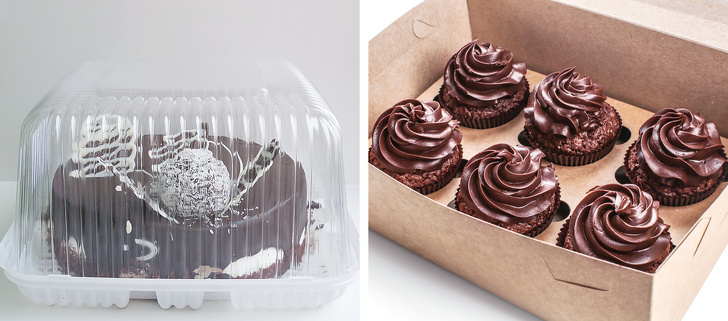
© Pixel-Shot / Shutterstock
- Leftovers can be stored at home in film. But make sure there’s no air between the film and the cake to make it last longer.
Do you buy cakes or do you make them yourself? Or perhaps you order them from confectioners. Tell us down below!
Preview photo credit Artem Oleshko / Shutterstock





